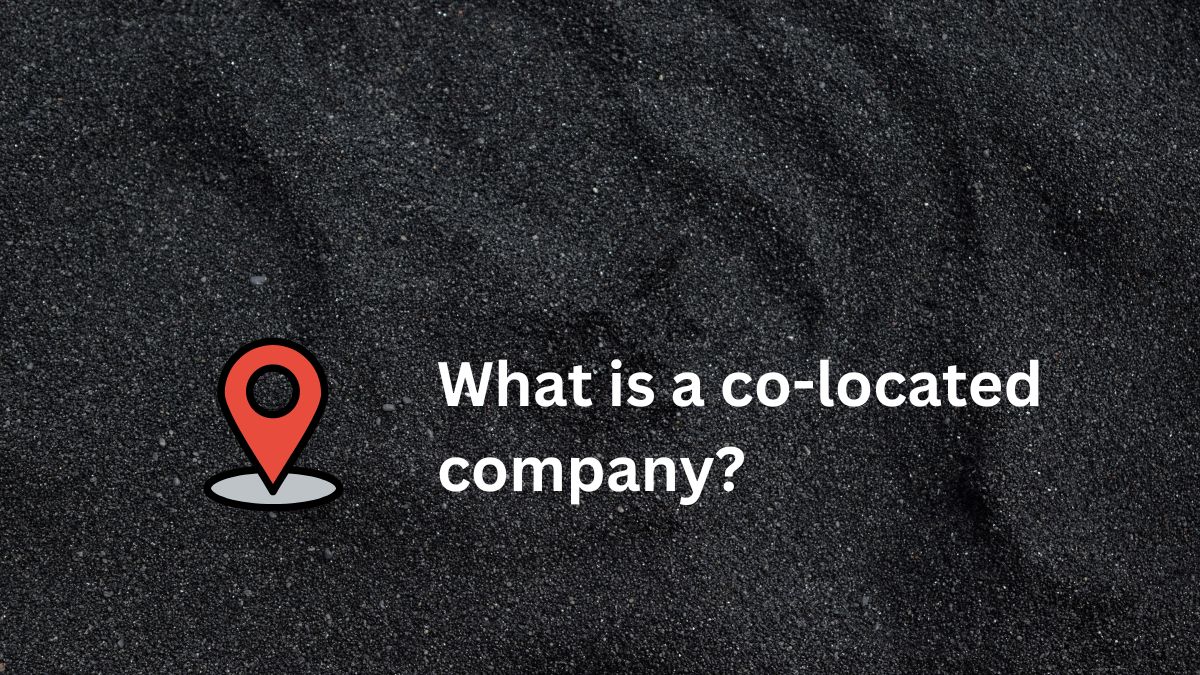A Co-Located Company refers to an organization where its employees and resources are physically work in the same place or premises.
This traditional business setup involves team members working together in the same office environment, allowing for direct interaction, immediate collaboration, and enhanced communication.
Co-location is often contrasted with remote or distributed work models, where team members work from various locations, often leveraging digital tools to collaborate.
Examples
Here are some examples of co-located companies:
- Traditional office-based companies: Many businesses across industries, like finance, marketing, or law firms, have a co-located structure. Employees come into a central office to collaborate, access resources, and maintain a company culture.
- Startups: While remote work is becoming increasingly common, many startups initially operate from a co-located space. This fosters collaboration, communication, and team building during crucial growth phases.
- Retail stores: Employees at a physical retail store like cashiers, salespeople, and stockroom workers necessarily co-locate at the store location.
Here are some additional points to consider:
- Hybrid models: Some companies might have a hybrid model where some employees work remotely while others work from the office. However, the core idea of a co-located company is that a significant portion of the workforce is physically present at a central location.
- Company size: Co-located structures are more common in smaller or medium-sized companies where physical interaction and collaboration are crucial. As companies grow, they may adopt a more distributed model.
I hope this clarifies the concept of co-located companies!

